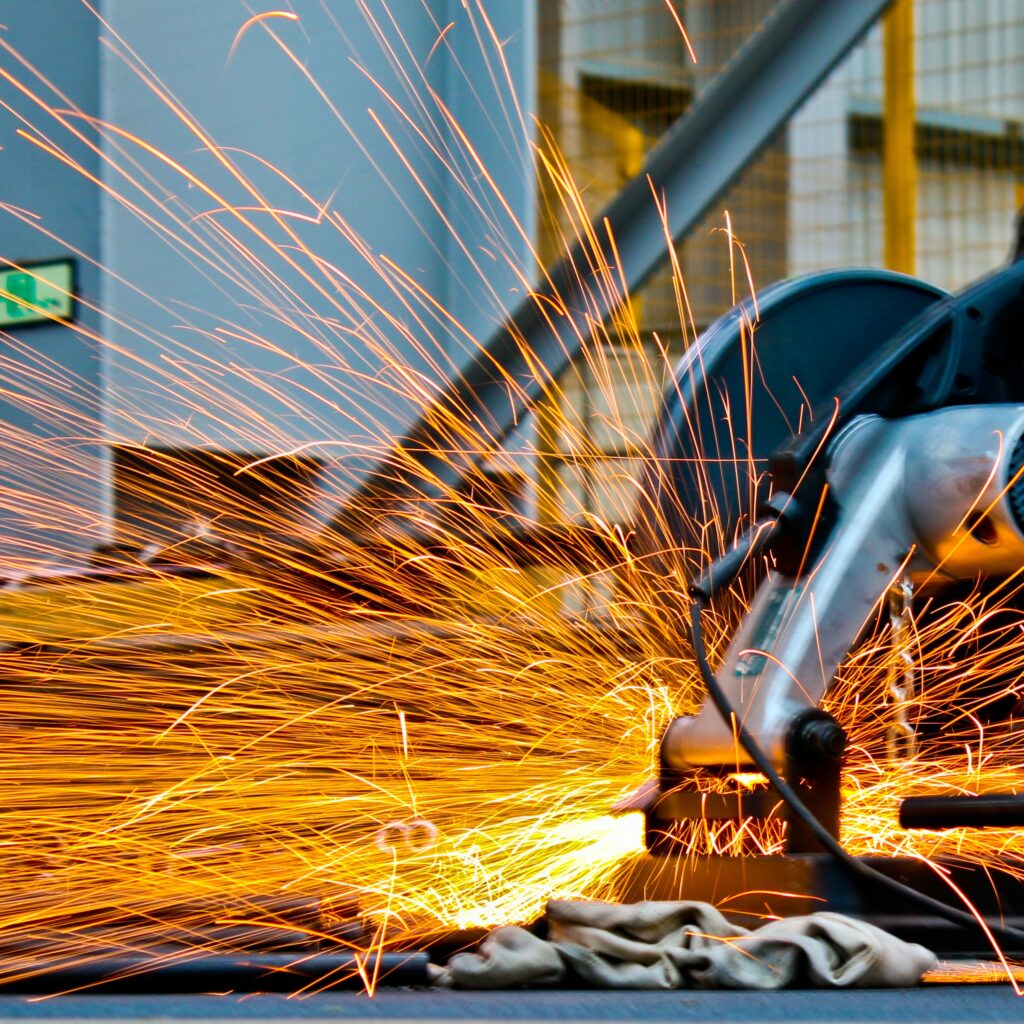
The hand-wringing in recent years over the national labor crisis is no doubt justified. With more open jobs than people willing to fill them., employment vacancies are preventing businesses from growing—or even surviving.
According to November 2022 data from the Bureau of Labor Statistics, 3.3 million workers exited the labor force since February 2020. For every 100 jobs open today, there are only 73 workers.
Small wonder that in this environment, automation—i.e., capabilities introduced by robotics, AI, and machine learning—is having a moment. Where human effort is unavailable or scarce, machines can, in theory, replace it. Indeed, automation is changing functions across industries, from agricultural tasks to medical diagnostics. And while economic and social factors will certainly impact the pace of automation, a tectonic shift is already underway.
Automation’s potential to alleviate the labor crisis is plain to see. More opaque is its impact on labor generally: Will automation render whole functions obsolete, displacing thousands of workers? Will businesses need to invest in costly new technologies to remain competitive?
The validity of these concerns does not obviate the blessings automation can bring, of which there are many:
- Automation improves productivity, throughput, and quality. When machines do the jobs of humans, consistency and precision go up, and variability and risk go down.
- Automation keeps industry in the U.S. Robots equipped with AI can perform repetitive, mechanical tasks, helping American manufacturing continue its rebound. That’s particularly desirable in light of lessons learned during recent supply chain snarls. What’s more, the resurrection of American manufacturing could significantly boost the nation’s GDP.
- Automation can boost wages. As automation takes hold, the skills required to operate and oversee new machinery will grow more specialized. The rarer the skill set, the more it will likely be worth. Economist Alan Kreuger found that employees who were computer-savvy commanded wages 10-15% higher than those who were not.
- Automation will create new jobs. A report from PwC found that “any job losses from automation are likely to be broadly offset in the long run by new jobs created as a result of the larger and wealthier economy made possible by these new technologies.” And in the estimation of the World Economic Forum, 85 million jobs will be displaced by 2025 while 97 million new ones are created.

- Automation improves safety and reduces worker injuries. Advances in automation will reduce the time employees spend performing manual tasks on factory floors. Some functions may be eliminated altogether. The result: lower rates of injuries brought on by repetitive tasks (such as carpal tunnel syndrome) and improved employee safety (due to less direct involvement with potential hazards).
Recruitment struggles may be the impetus for businesses to embrace automation, but the benefits go well beyond solving an isolated problem. At Abacus, we help our clients turn automation from an alluring alternative to an advantageous reality. Learn more about the machines we build here.


Leave a Reply